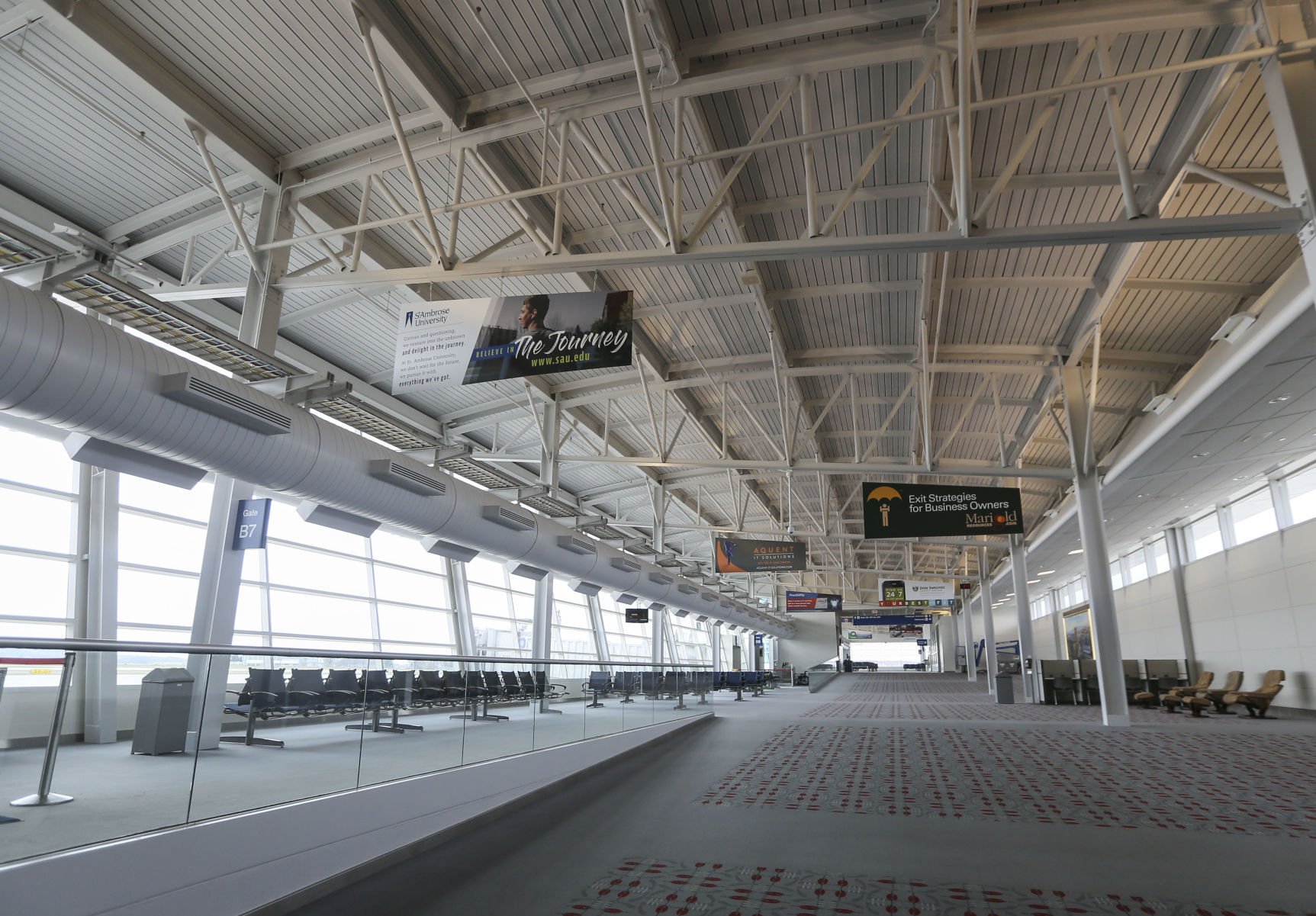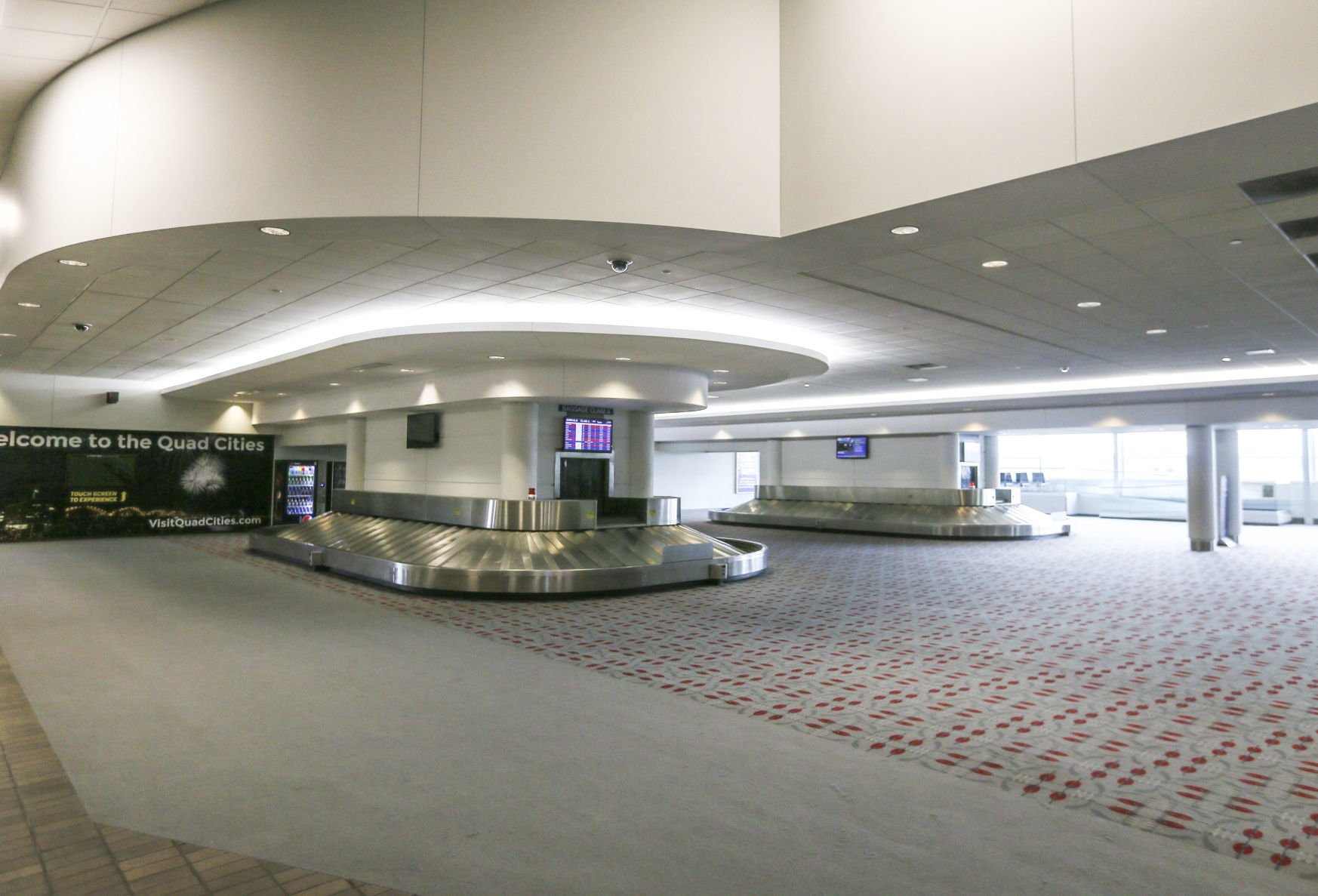
Land use is primarily agricultural with gently rolling hills interspersed with flood plains along the many rivers.

The CWA has a land area of 20,941 square miles which yields a population density of 69.3 people per square mile.

Modern Woodman Park Home of the Quad Cities River Bandits Baseball Team These urban areas serve as industrial centers for manufacturing and distribution of a variety of goods but primarily those related to agriculture. Several other cities have populations around 25,000 or more, including Burlington, Muscatine, Clinton, and Iowa City in Iowa, and Freeport and Sterling-Rock Falls in Illinois. The largest metropolitan area is the Quad City Area (QCA), which has a population near 400,000, and includes Scott County, IA and Rock Island and Henry Counties in Illinois. The largest cities are all in Iowa and in descending order are Cedar Rapids, Davenport, and Dubuque.

The area spans nearly 20,000 square miles and is home to a population of nearly 1.5 million people. The NWS Quad Cities Forecast Office is responsible for a total of 36 counties: 21 in eastern Iowa, 13 in northwestern Illinois, and 2 in northeastern Missouri. NWS Quad Cities Forecast and Warning Area


 0 kommentar(er)
0 kommentar(er)
